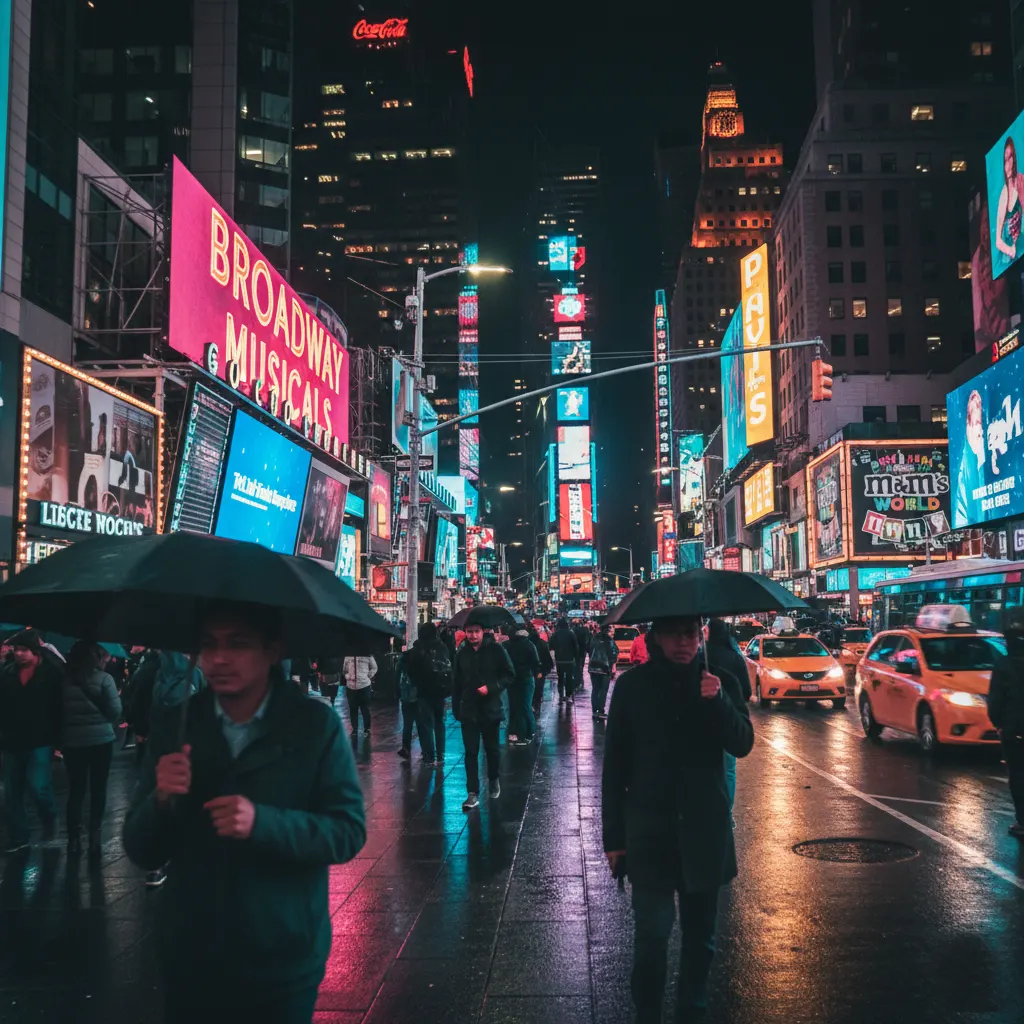Understanding “Anxiety as Art” in Modern Cinema
American independent cinema has seen a rise in high-intensity psychological storytelling, and the Safdie Brothers have become central figures in this movement. Their films resonate deeply with audiences across the United States, largely due to how effectively they turn stress and chaos into a cinematic aesthetic. Anxiety as Art: Breaking Down the Cinematography and Sound Design of Good Time and Uncut Gems. helps viewers understand how these directors transform anxiety into artistic expression.
The Safdie Brothers’ Signature Style
Their gritty, immersive approach is often discussed across major film analysis platforms such as IndieWire, which highlights their contributions to American independent cinema.
Overview of Good Time and Uncut Gems
Plot Summaries and Shared Narrative DNA
Both stories follow deeply flawed protagonists who push themselves into escalating danger, a storytelling style highly popular in American crime thriller movies.

Themes of Chaos, Urgency, and Desperation
Their films reflect the fast-paced, pressure-heavy rhythm of modern American life, making them especially relatable to U.S. audiences.
Visual Language: Cinematography Techniques That Build Anxiety
Safdie cinematography is widely analyzed in American Cinematographer Magazine, where experts break down their use of visual tension.
Handheld Camera Movements and Unstable Framing
Handheld techniques create the same intense, close-quarters energy found in many U.S. cinematography breakdown studies.
Claustrophobic Composition
The Safdies frequently frame characters tightly, mirroring the compact density of New York City—an iconic U.S. film location.
Neon Lighting and High-Contrast Palettes
This neon-noir aesthetic has become a staple in modern American independent cinema, adding emotional pressure through color.
Close-Up-Heavy Shooting
Extreme close-ups intensify psychological pressure, a technique widely studied in U.S. film programs such as those on MasterClass.
Sound Design as Emotional Manipulation
Sound design in Safdie films is often referenced on SoundWorks Collection for its complexity and innovation.
Overlapping Dialogue and Sonic Clutter
Layered audio reflects the sensory overload common in large U.S. cities.
Synth-Driven Scores and Pulsating Rhythms
Composer Oneohtrix Point Never uses synthesizers to create heart-pounding American electronic soundscapes.
Silence as Storytelling
Strategic silence is a key component of U.S. film tension techniques, used to heighten impact at crucial narrative moments.

Editing and Pacing: Building Relentless Momentum
Fast and sharp editing is a defining trait of American thrillers, pushing the emotional pace to match the escalating danger.
Performances That Amplify Cinematic Anxiety
Robert Pattinson in Good Time
His performance received widespread acclaim in U.S. publications such as The New York Times.
Adam Sandler in Uncut Gems
Sandler stunned American audiences with one of the most intense dramatic performances in recent Hollywood memory.
Realism and Grit: Shooting on Location
New York City as a Character
NYC brings unmatched realism, with support from organizations like the NYC Mayor’s Office of Media and Entertainment, which helps filmmakers capture the city authentically.
Documentary-Style Immersion
This immersive realism mirrors styles often seen in U.S. documentaries and street-level filmmaking.
Why These Films Feel So Stressful Yet So Addictive
The Safdies tap into a uniquely American psychological landscape—one built on high stakes, urgency, and emotional extremes—which makes their work addictive for U.S. viewers.
Cultural Impact and Critical Reception
Why Safdie Films Resonate with Modern U.S. Audiences
Their characters reflect real-world American stressors: financial strain, urban tension, and risky behavior.
Influence on Contemporary Filmmakers
The Safdies have inspired a wave of U.S. directors focused on realism, anxiety, and fast-paced narrative momentum.
Comparing Anxiety Across Both Films
While Good Time explores loyalty-driven desperation, Uncut Gems dives into American obsession with risk, gambling, and adrenaline.
Lessons U.S. Filmmakers Can Learn from the Safdies
Building Emotional Stakes Through Technique
Their work is now widely referenced in American film education, with courses on platforms like MasterClass analyzing their tension-building strategies.
Balancing Style and Narrative Coherence
They show that chaotic energy can still serve a cohesive narrative when used purposefully.

FAQs About “Anxiety as Art” in Safdie Cinema
- Why do the Safdie Brothers shoot so many close-ups?
To heighten emotional intensity and immerse viewers directly into the scene. - Is the chaotic sound design intentional?
Yes—it’s carefully crafted to reflect psychological tension. - Why do their films feel so fast?
Rapid pacing mirrors modern American life and enhances emotional stakes. - What makes their scores so effective?
The synth layers create hypnotic tension that parallels rising danger. - Do the Safdies film on real locations?
Yes—especially throughout New York, adding authenticity. - Why are these films considered anxiety-inducing?
Because cinematography, sound design, and pacing work together to build nonstop pressure.
Anxiety as Art: Breaking Down the Cinematography and Sound Design of Good Time and Uncut Gems. reveals how the Safdie Brothers merge tension, chaos, and emotional realism to create two of America’s most iconic anxiety-driven films. Through hyperfocused cinematography and bold sound design, they have reshaped how U.S. audiences experience cinematic stress.
#GoodTime #UncutGems #SafdieBrothers #FilmAnalysis #SoundDesign #Cinematography #A24 #NYCFilmmaking #FilmStudy #MovieBreakdown #AnxietyInFilm #NeonNoir #AmericanCinema #ThrillerFilms #FilmTheory


